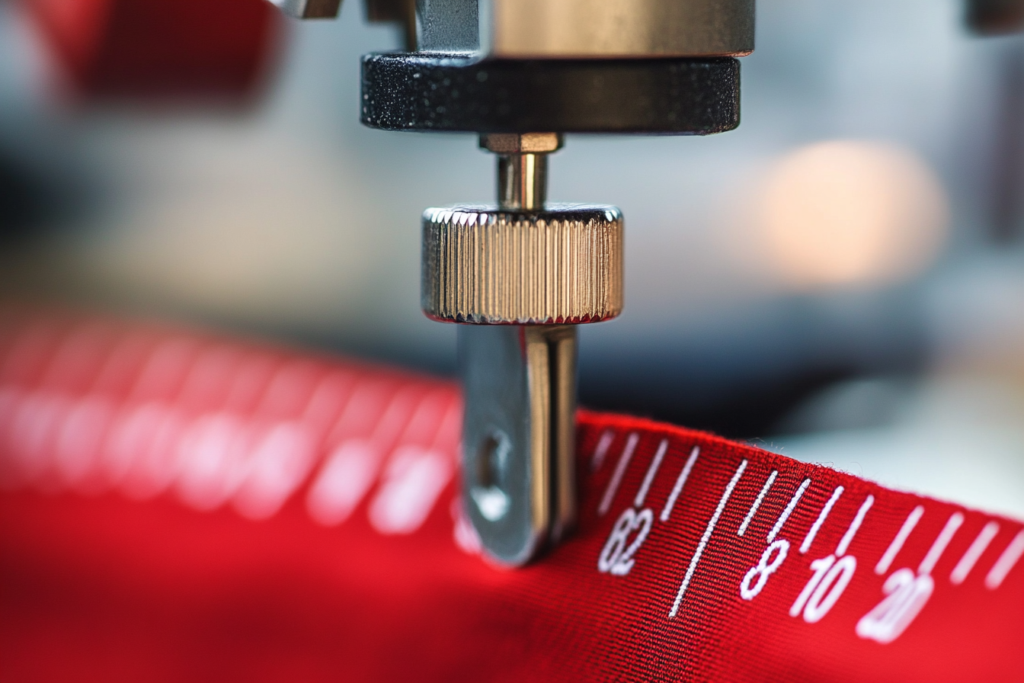Numeric Sizing: Understanding Number-Based Clothing Sizes
Meta Description: Numeric sizing assigns a number to garment sizes, such as 4, 6, 8, 10, and 12, to indicate fit. Learn how numeric sizing works across different clothing categories.
What is Numeric Sizing?
Numeric sizing is a clothing size system that uses numbers (e.g., 4, 6, 8, 10, 12, etc.) to represent garment dimensions. This system is commonly used in women’s, men’s, and children’s fashion, providing a structured way to determine fit based on body measurements.
Unlike letter-based sizing (S, M, L), numeric sizing offers more precision and is often associated with tailored clothing, formalwear, and high-end fashion.


Key Features of Numeric Sizing
✔ Uses Numbers to Indicate Size – Typically in even or odd increments (e.g., 4, 6, 8, 10).
✔ More Precise Fit Than Letter Sizing – Based on specific body measurements.
✔ Common in Women’s, Men’s, and Children’s Wear – Used in dresses, suits, pants, and tailored clothing.
✔ Varies by Region & Brand – Different size charts exist across countries.
✔ Better for Fitted & Structured Garments – Ideal for formalwear and custom-fit clothing.
Numeric Sizing in Different Clothing Categories
1. Women’s Numeric Sizing
- Common in dresses, skirts, pants, and blouses.
- Typically ranges from 0, 2, 4, 6, 8, 10, 12, 14, etc.
- May vary between standard, petite, and plus-size ranges.
2. Men’s Numeric Sizing
- Used in suits, dress shirts, pants, and jeans.
- Example: Shirt size 15.5 refers to a 15.5-inch collar measurement.
- Pants are typically sized by waist and inseam (e.g., 32×34).
3. Children’s Numeric Sizing
- Based on age or body measurements (e.g., size 2T, 4T, 6, 8, 10).
- Some brands use height and weight guidelines for accuracy.
Numeric Sizing vs. Letter Sizing
| Feature | Numeric Sizing (4, 6, 8, 10, etc.) | Letter Sizing (S, M, L, XL, etc.) |
|---|---|---|
| Precision | More precise, based on body measurements | More general, fits a range of body types |
| Common In | Tailored clothing, suits, dresses, jeans | Casualwear, T-shirts, sweaters |
| Fit Accuracy | Better for fitted garments | Less structured, looser fit |
| Variability | Can differ significantly between brands | More flexible, easier for mass production |
💡 Tip: When shopping for fitted garments, numeric sizing provides a more tailored fit than letter sizing.
Why Numeric Sizing Varies by Country & Brand
📌 U.S. vs. U.K. vs. European Sizing → A U.S. size 6 is a U.K. size 10 and a European size 38.
📌 Vanity Sizing → Some brands adjust sizes to make them appear smaller (e.g., a size 4 in one brand may fit like a size 6 in another).
📌 Petite & Plus-Size Adjustments → Numeric sizes change based on height, proportions, and body shape considerations.
💡 Tip: Always check brand-specific size charts before purchasing!
How to Find the Right Numeric Size
✔ Measure Your Bust, Waist, and Hips → Compare to a brand’s size chart.
✔ Check Regional Size Conversions → Use U.S., U.K., and EU size guides.
✔ Try Different Brands → Sizing varies, so test fit before buying.
✔ Consider Fabric & Fit Type → Stretchy fabrics may allow a more flexible fit.
Why Choose Numeric Sizing?
✔ More Accurate Fit for Structured Garments – Ideal for suits, dresses, and tailored wear.
✔ Better for Body-Specific Proportions – Ensures proper fit in waist, bust, and hips.
✔ Helps Reduce Fit Issues in Formalwear – Prevents loose or oversized fits.
✔ Easier for Custom Alterations – Tailors can adjust based on exact measurements.
Conclusion: The Precision of Numeric Sizing in Fashion
Numeric sizing offers a structured and precise way to find the perfect fit, making it ideal for tailored clothing, suits, and formalwear. While sizes vary between brands and regions, understanding how numeric sizing works helps ensure a better fit and a more polished look.
For those who want consistency and accuracy in clothing fit, numeric sizing remains the gold standard in fashion design and manufacturing.



